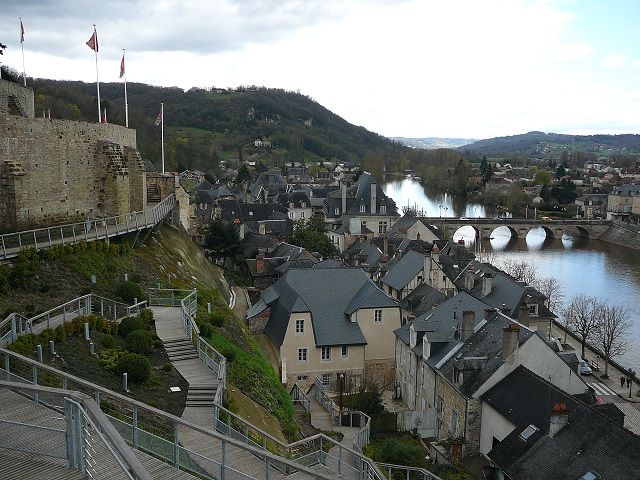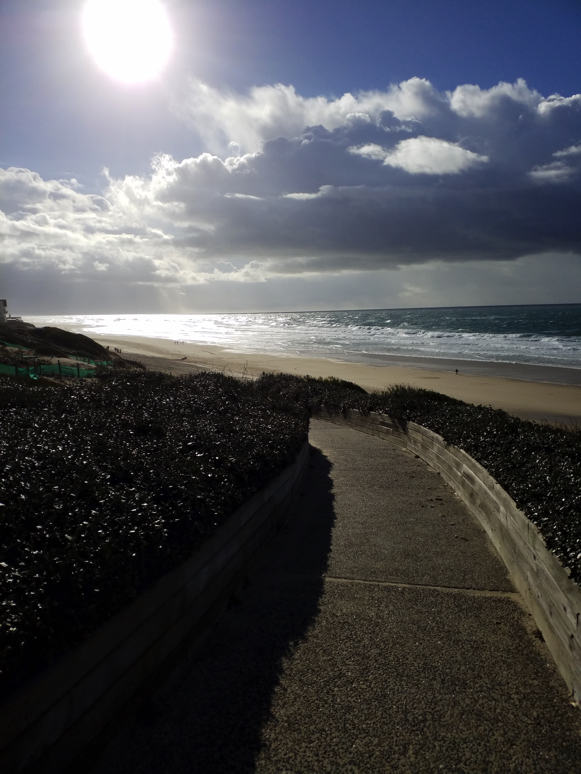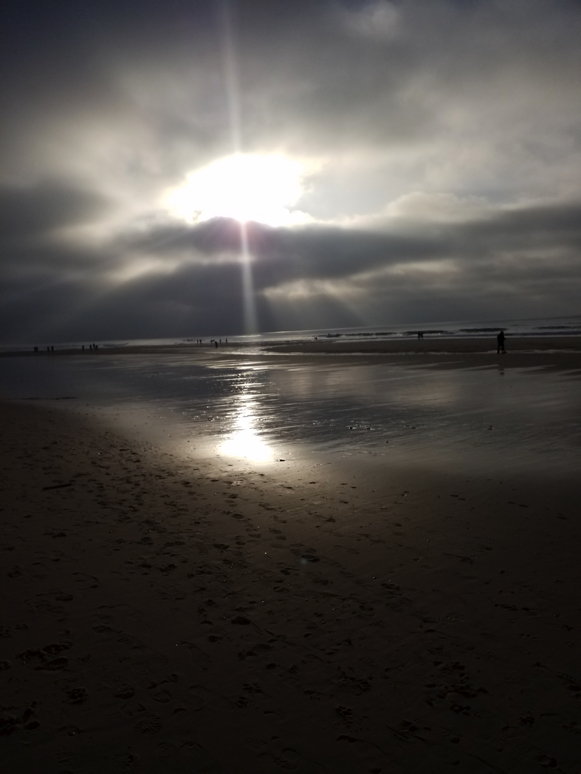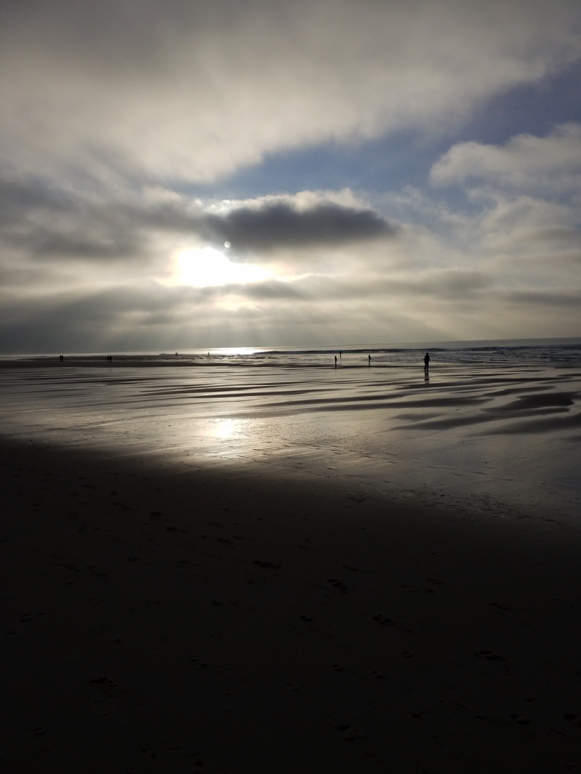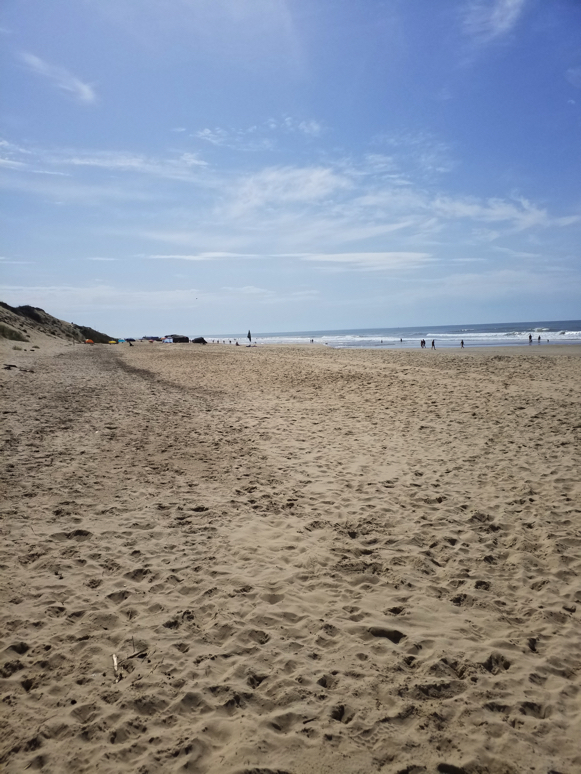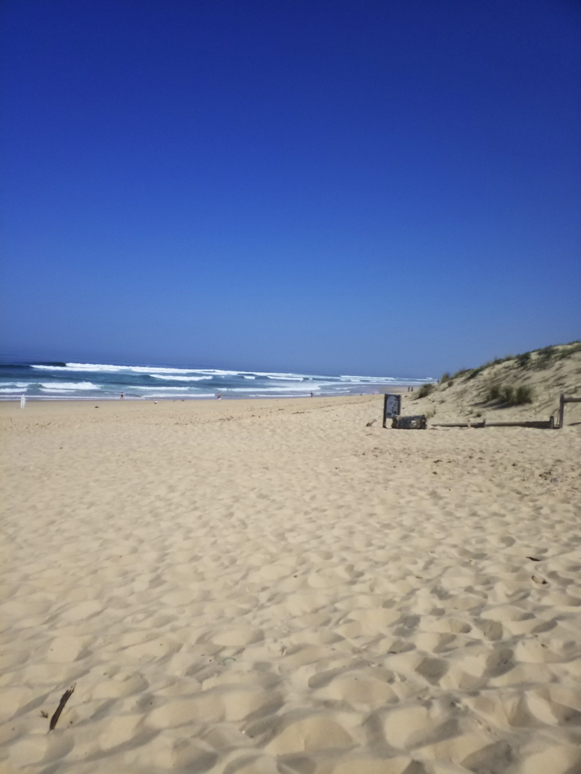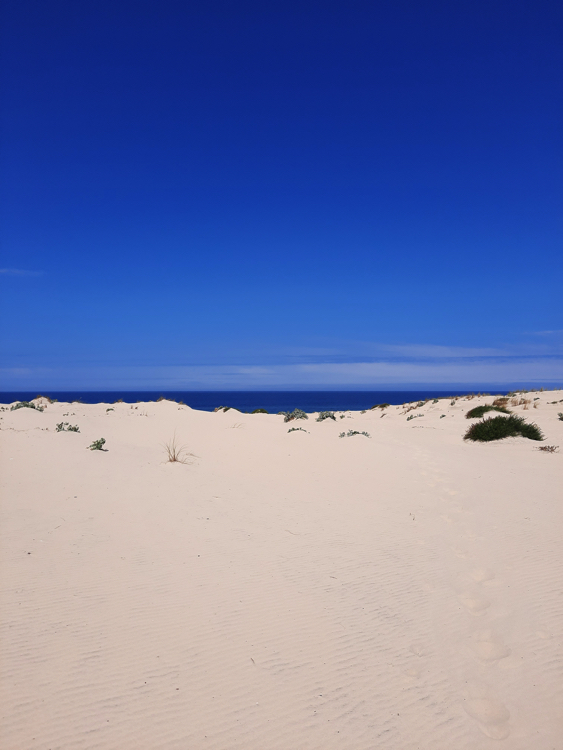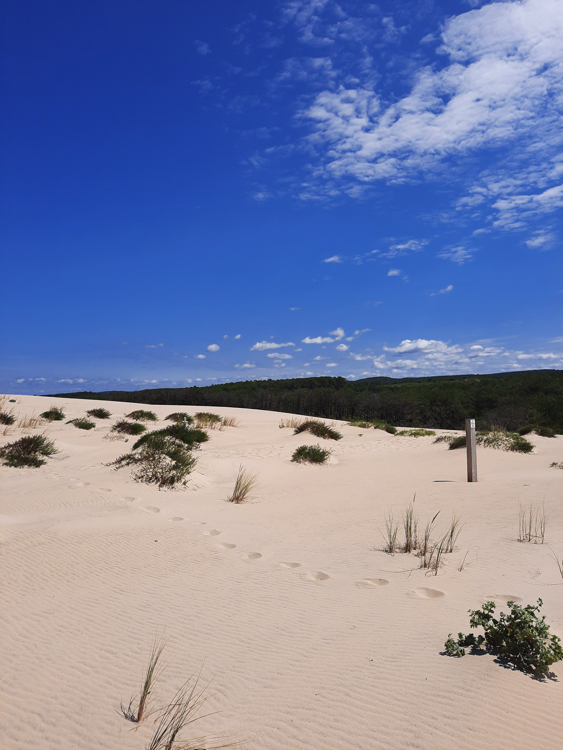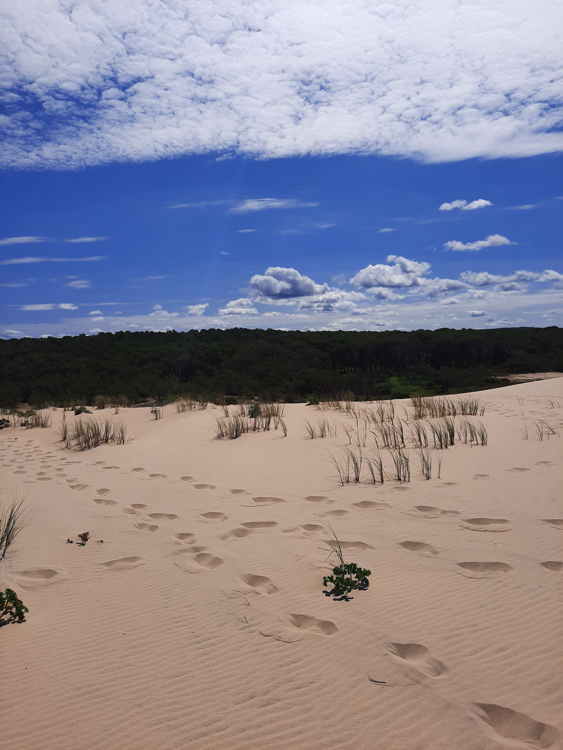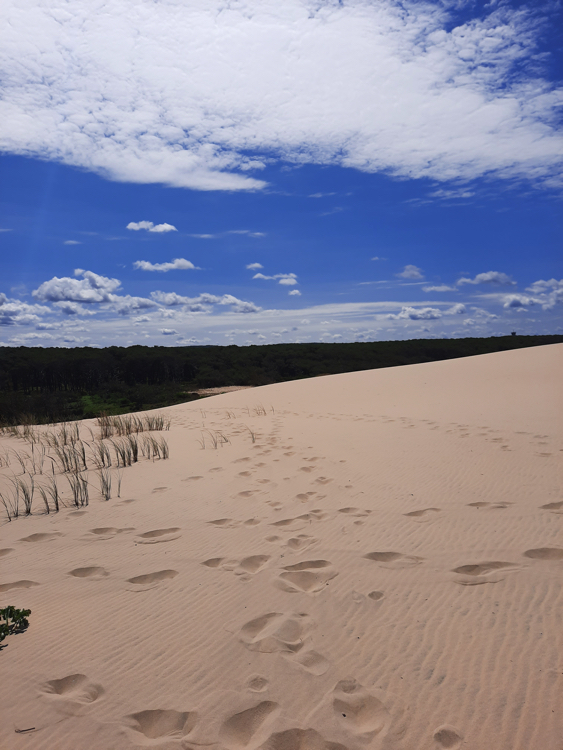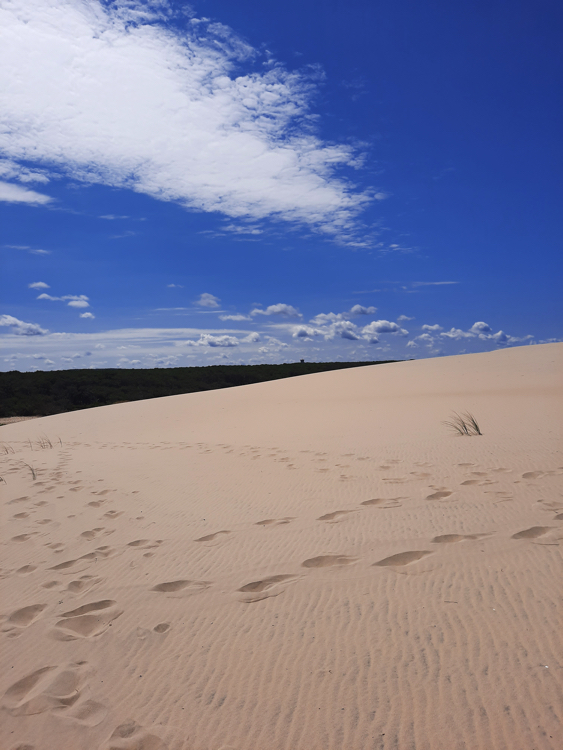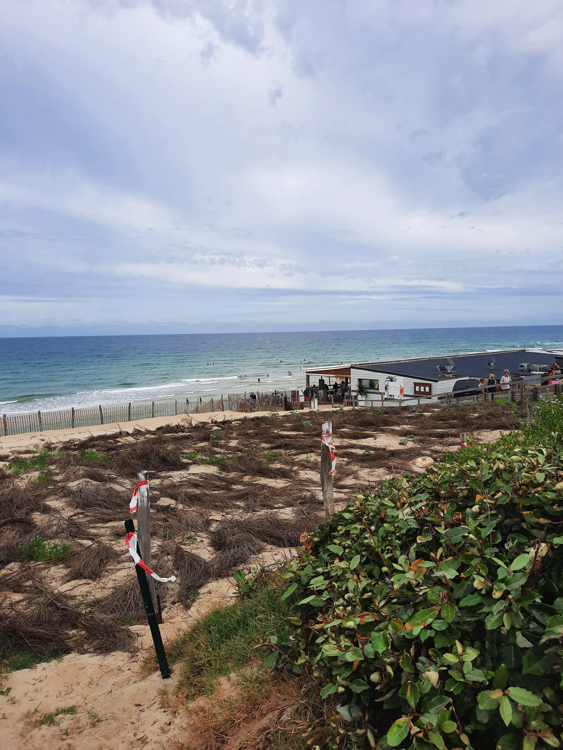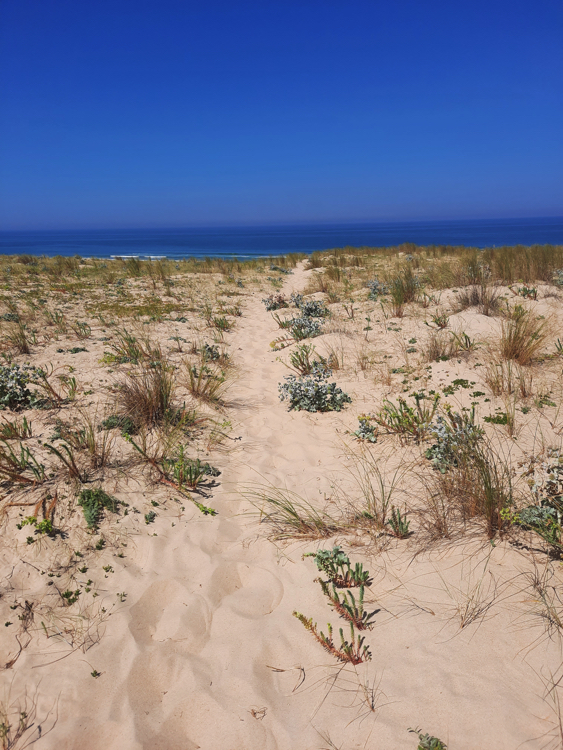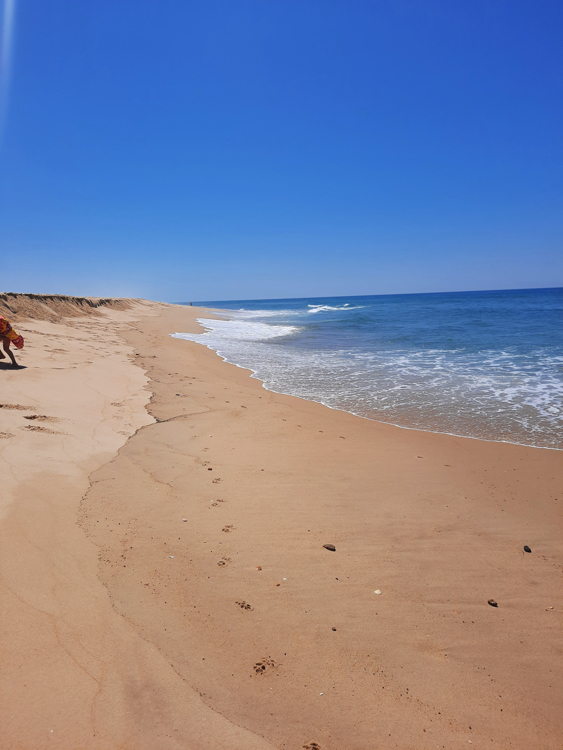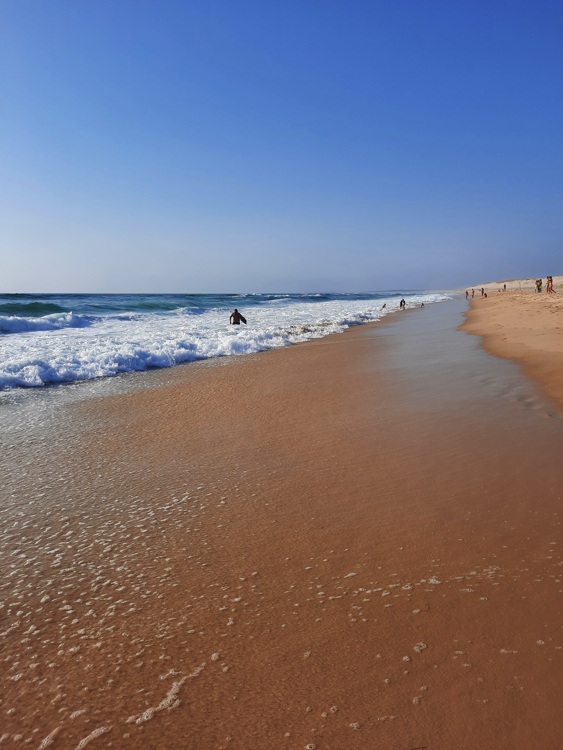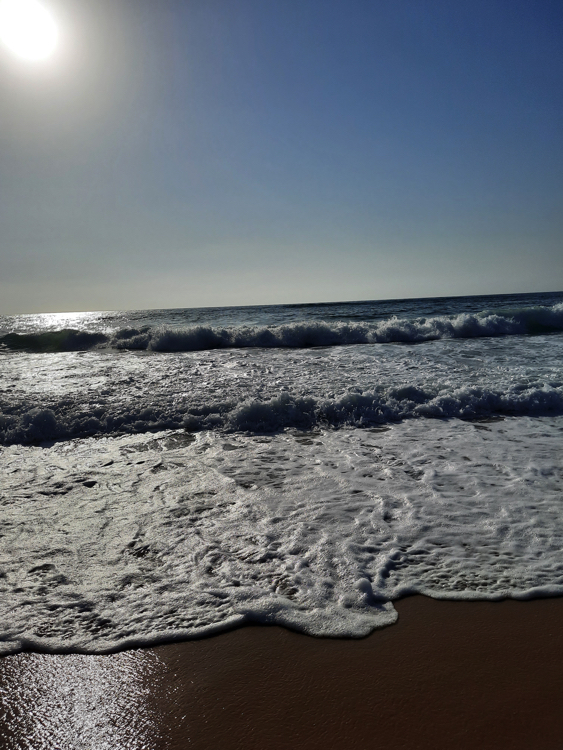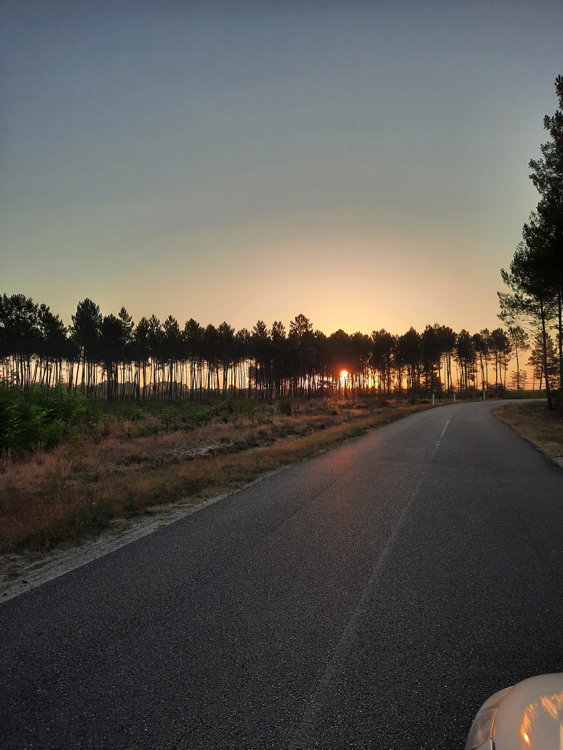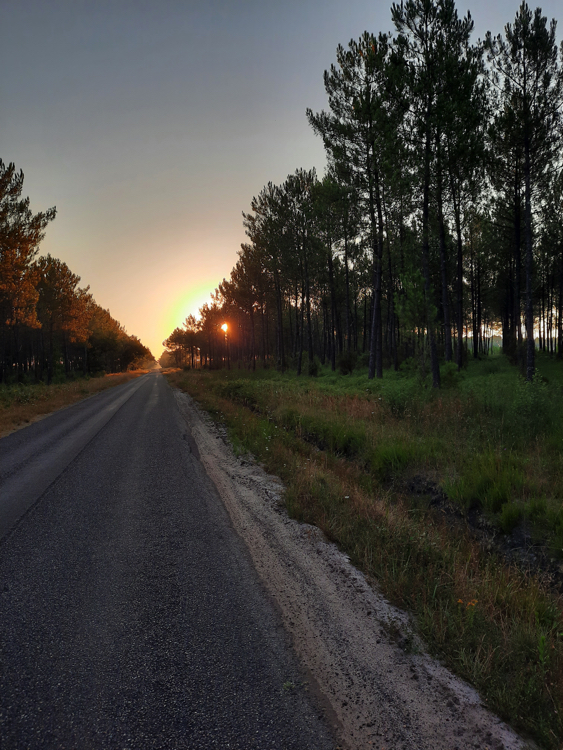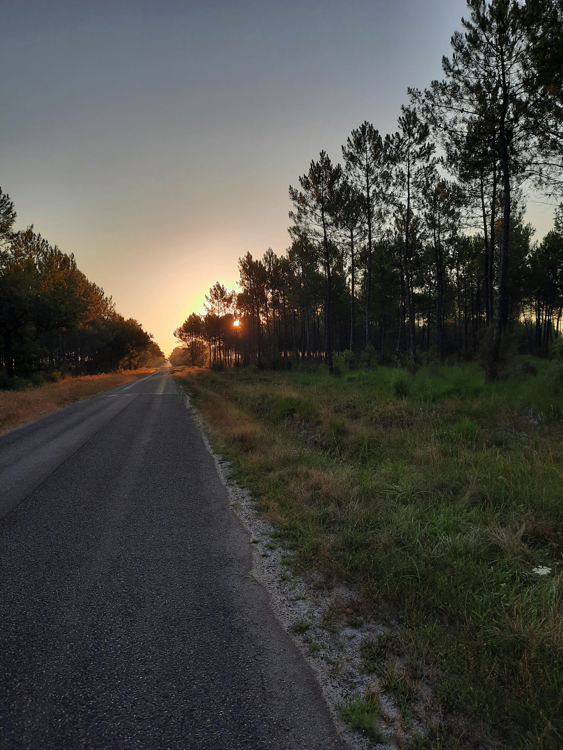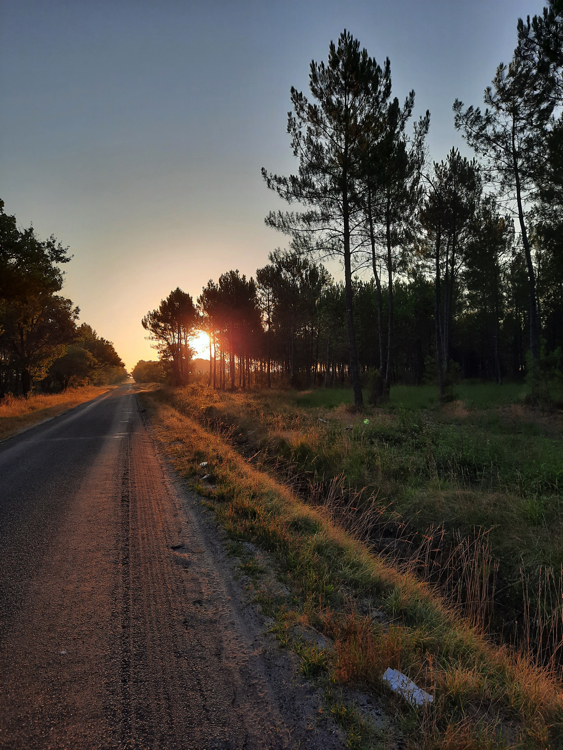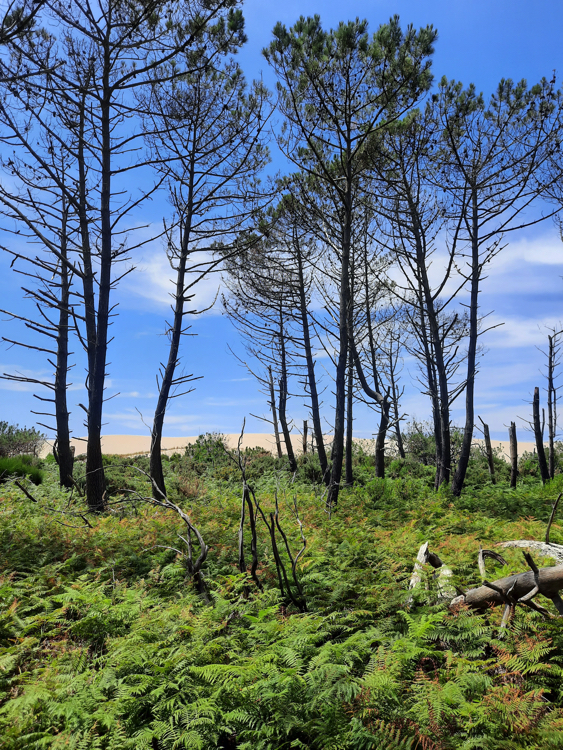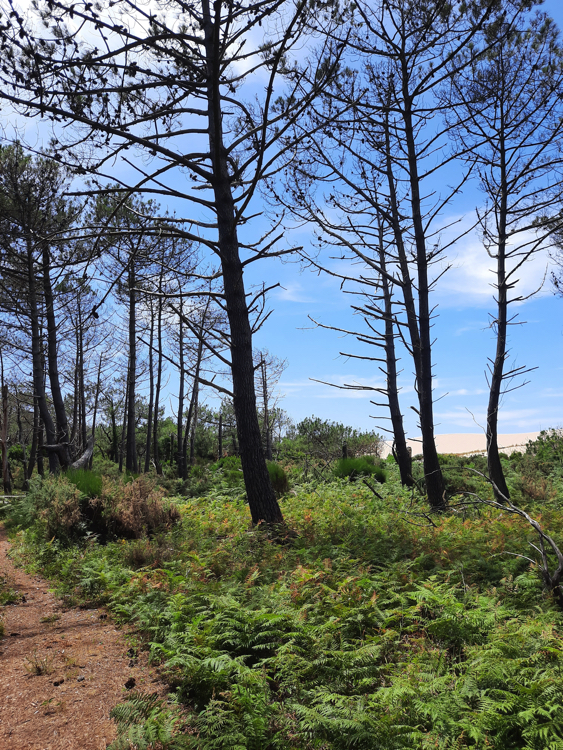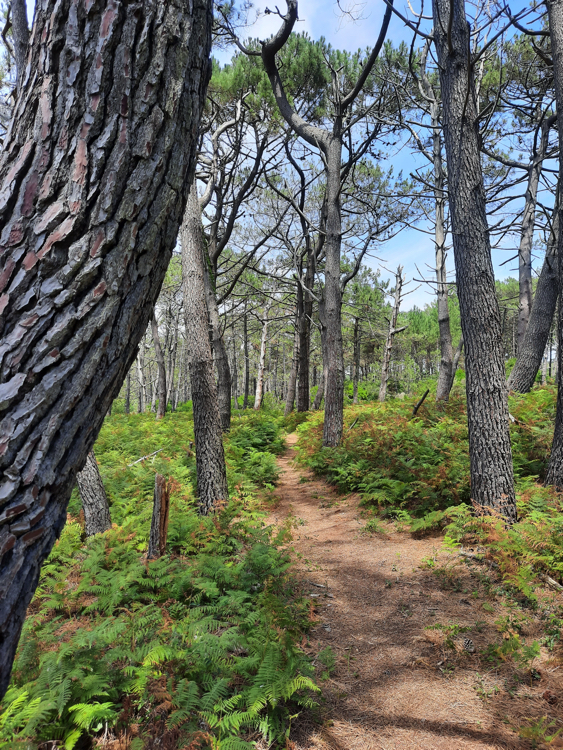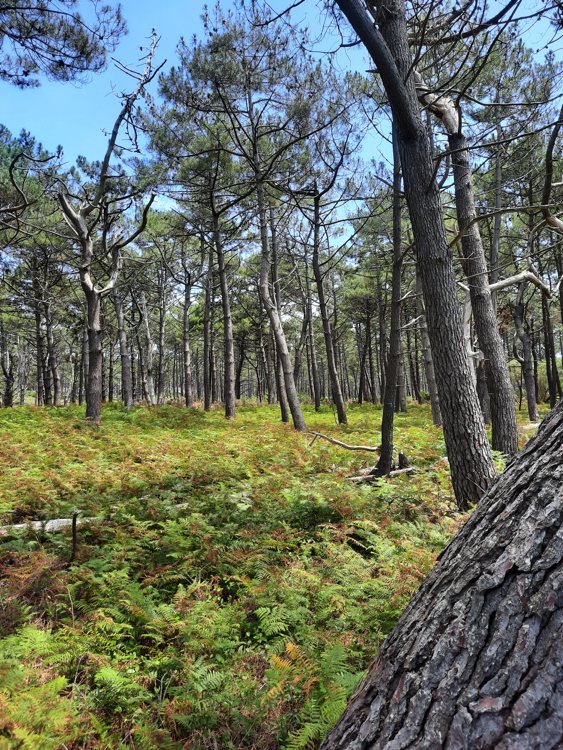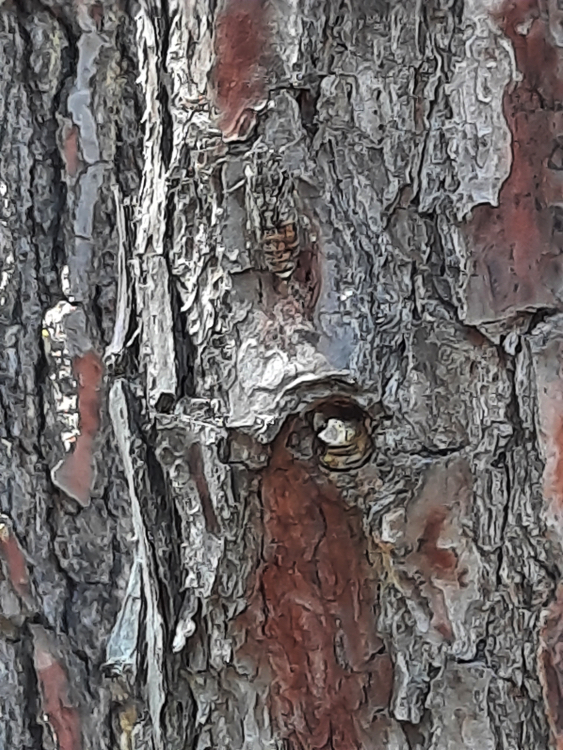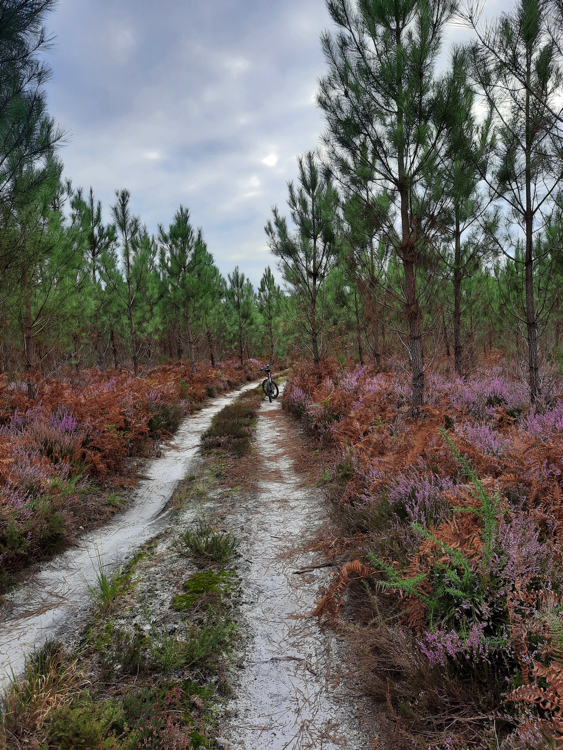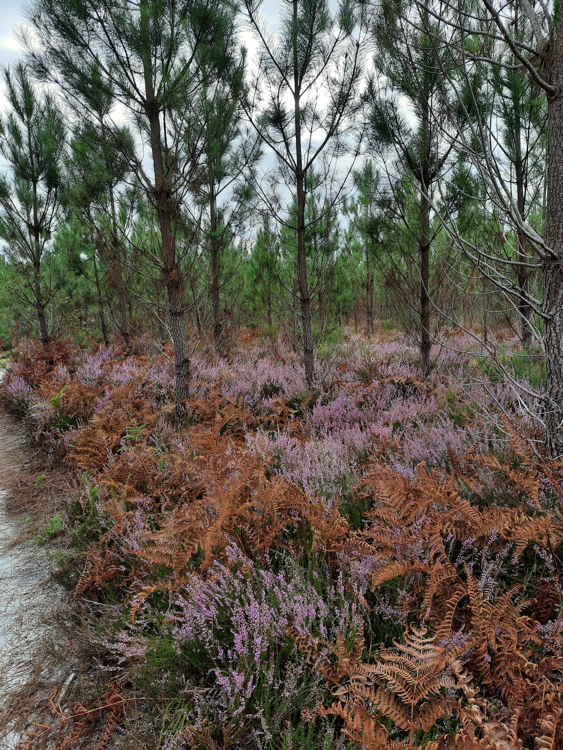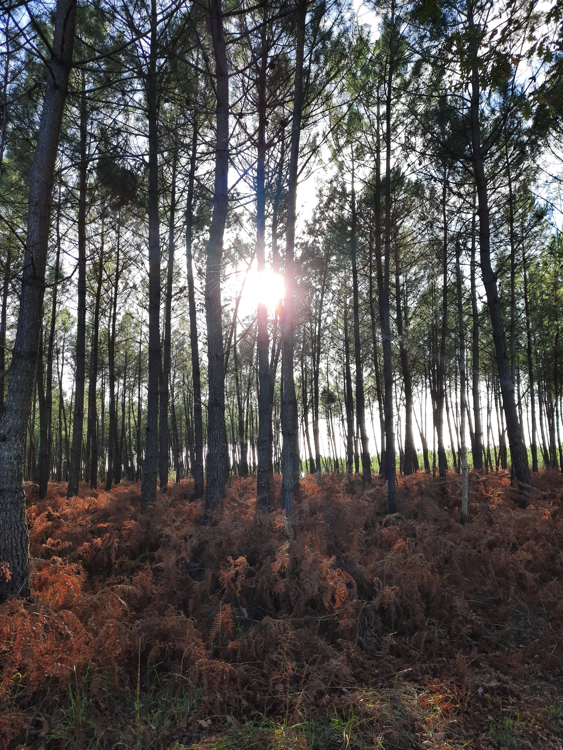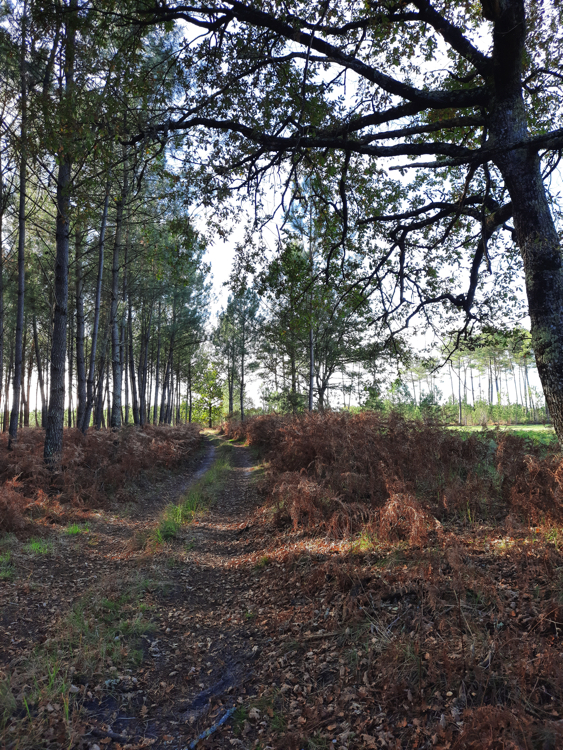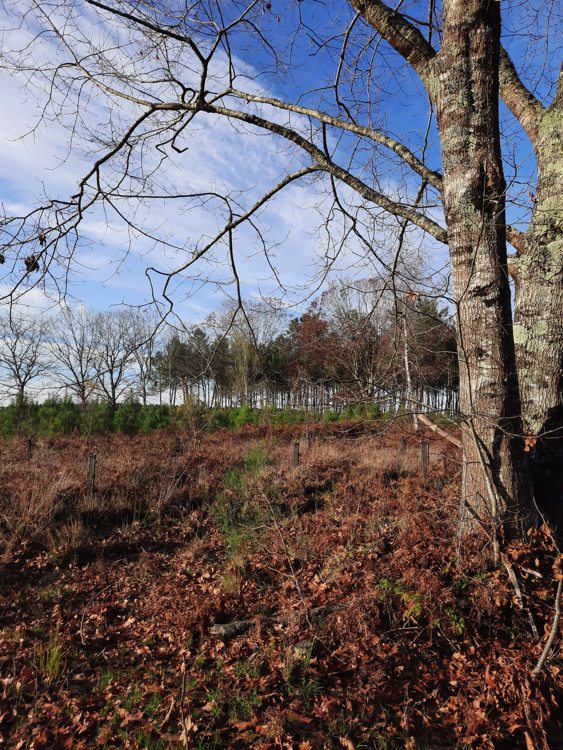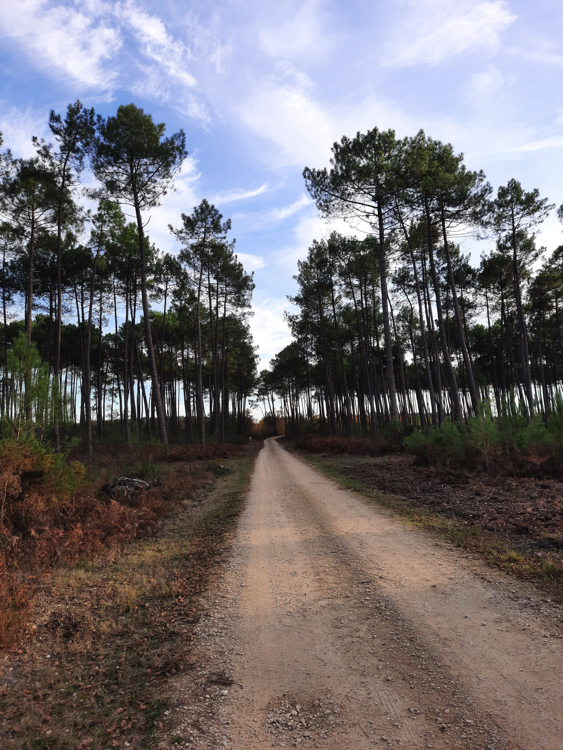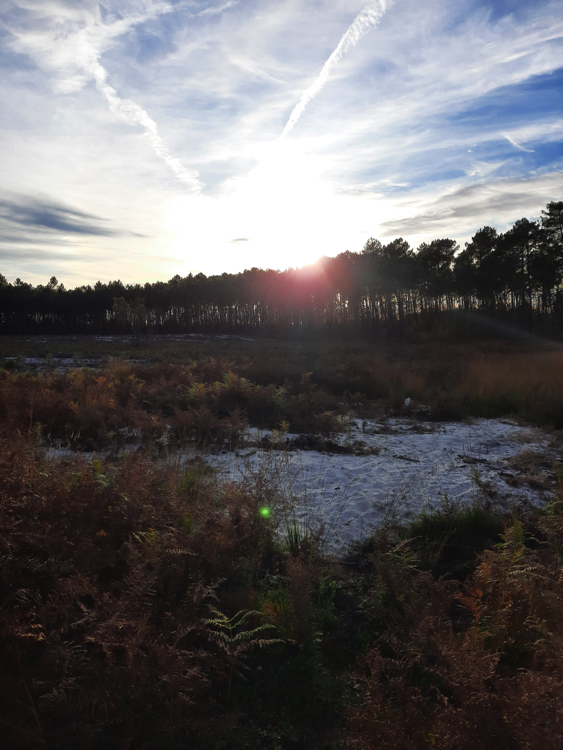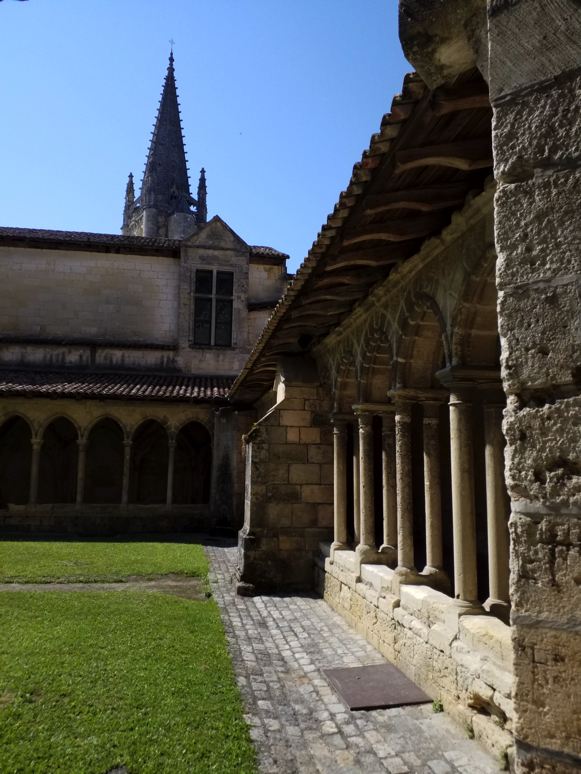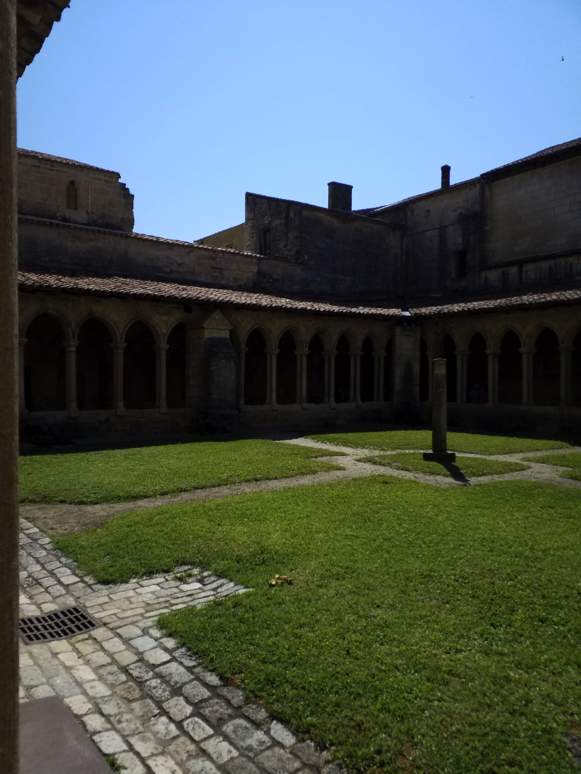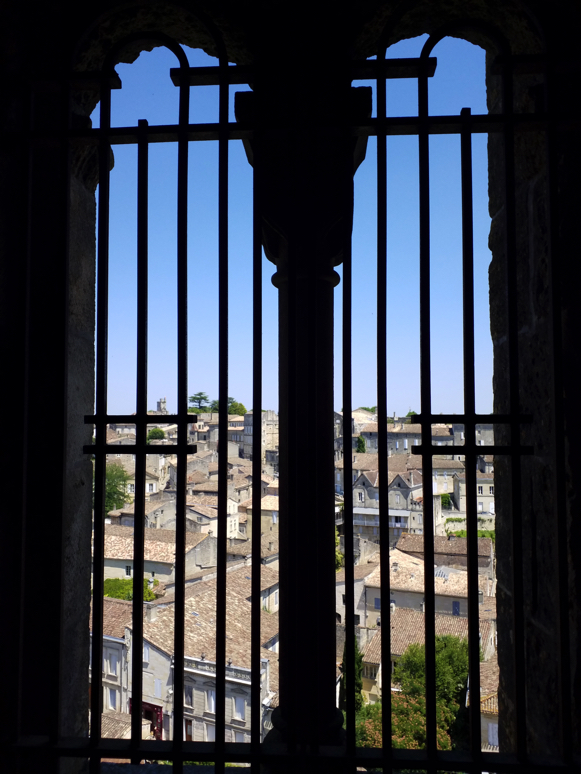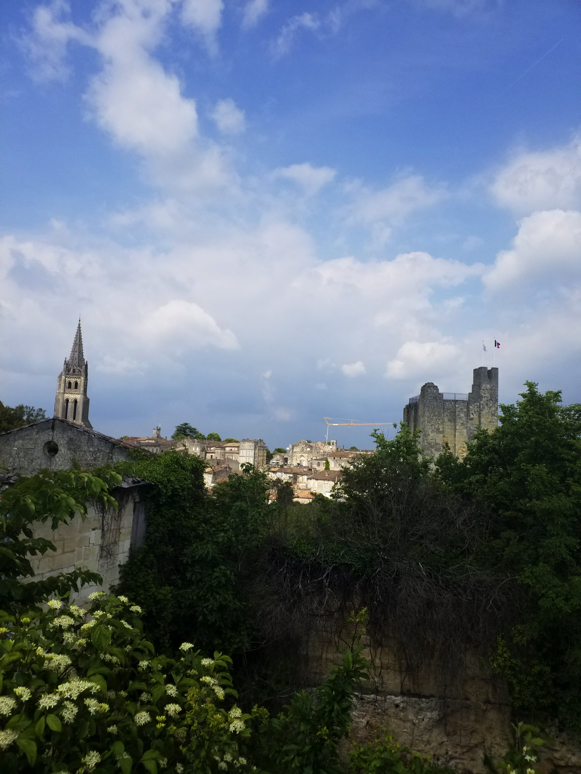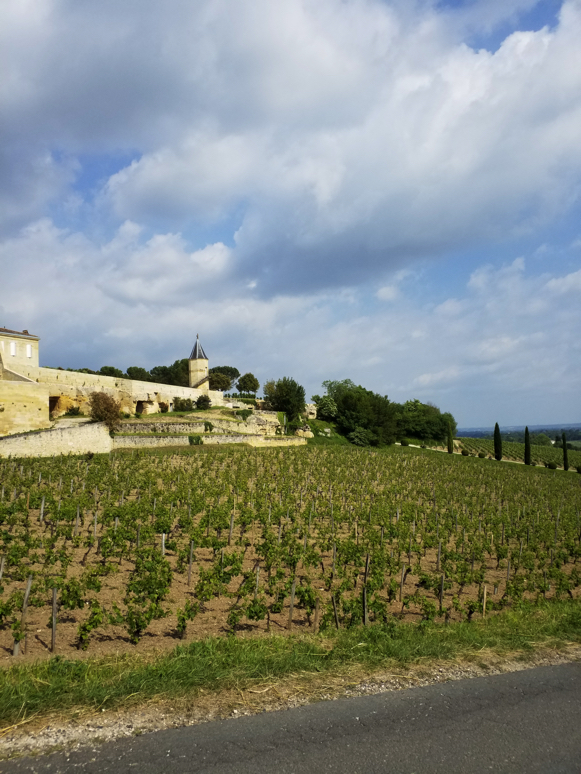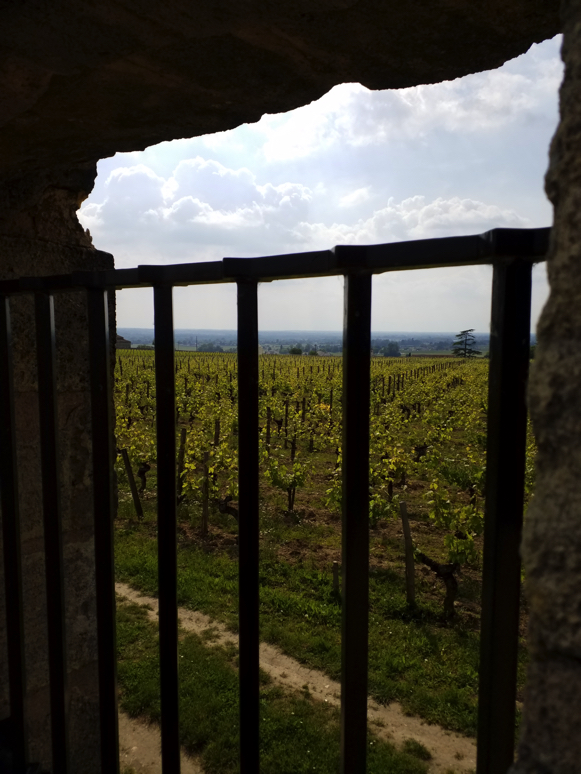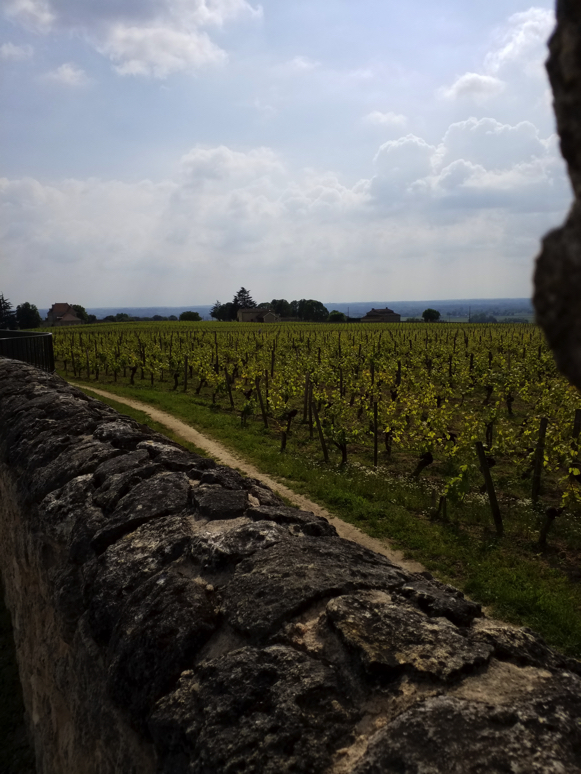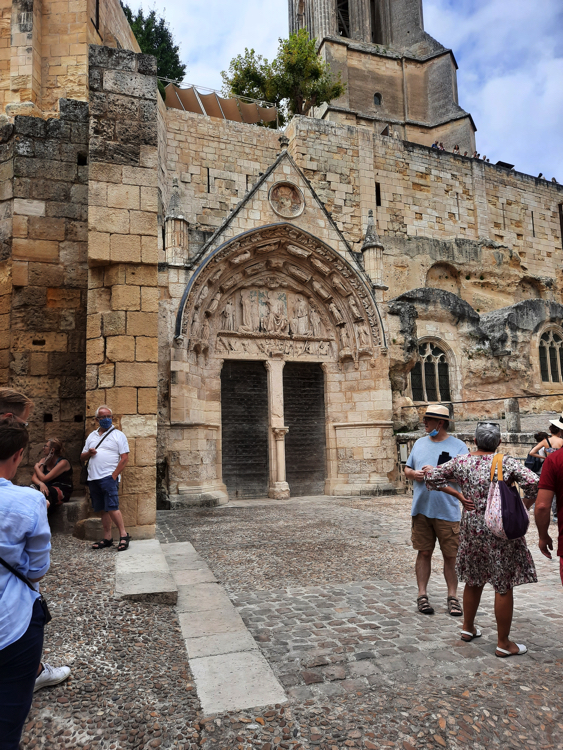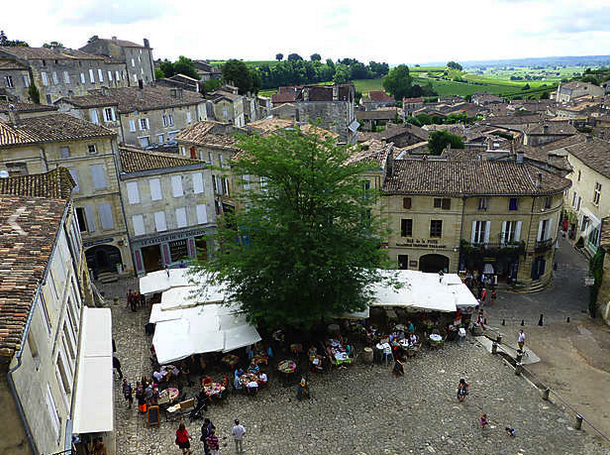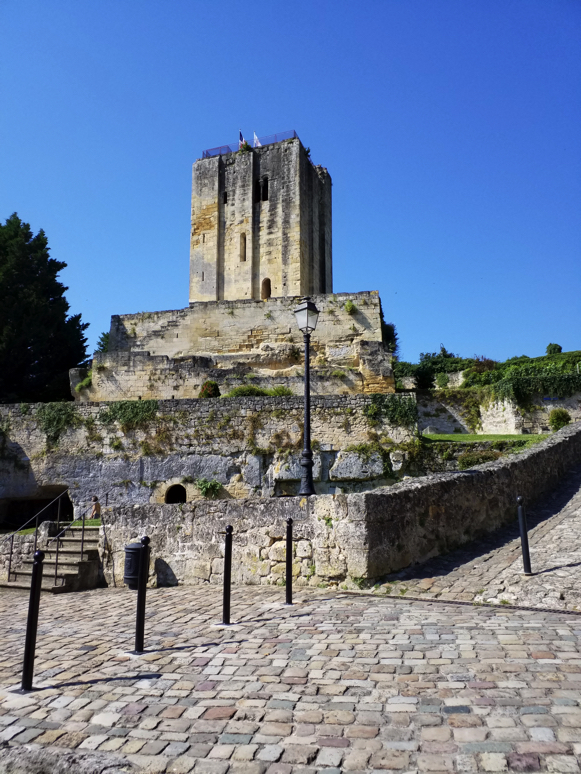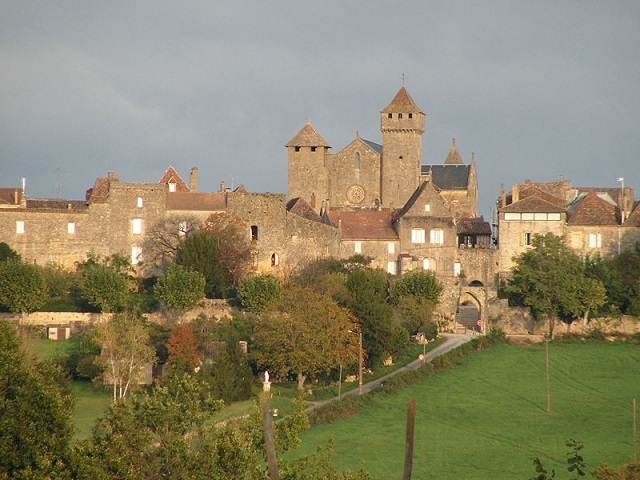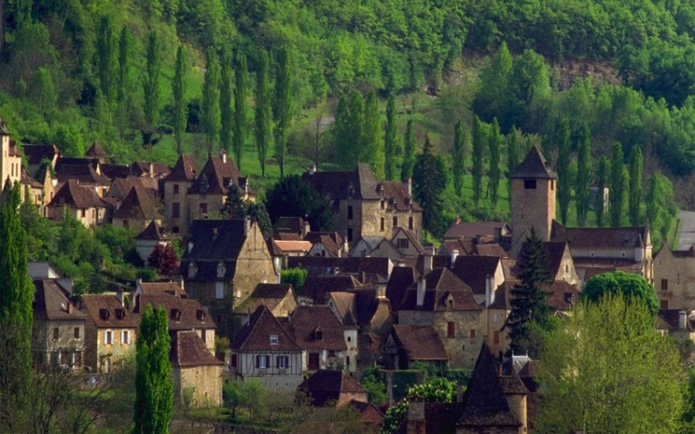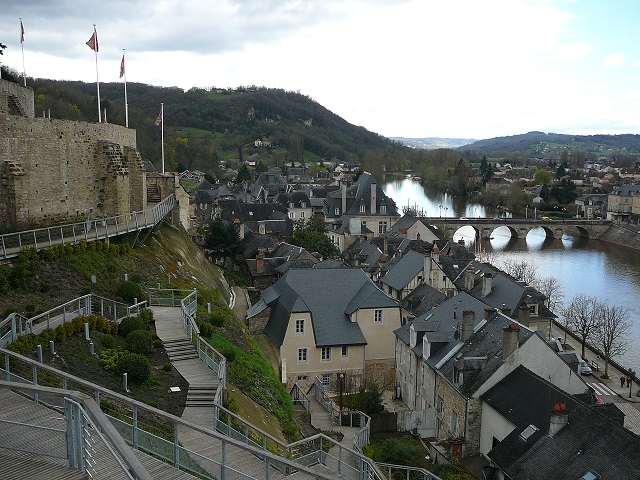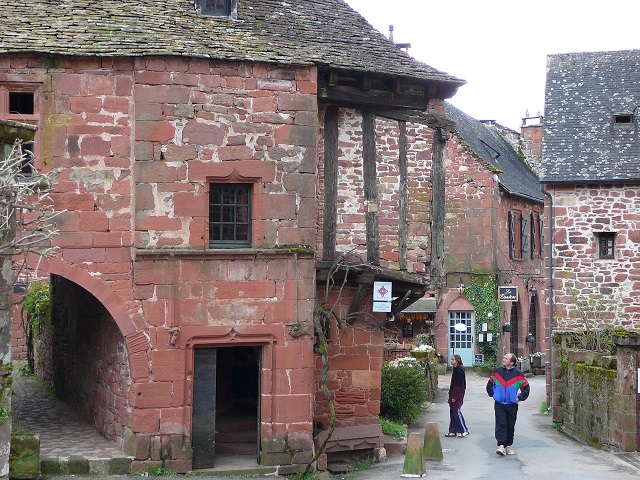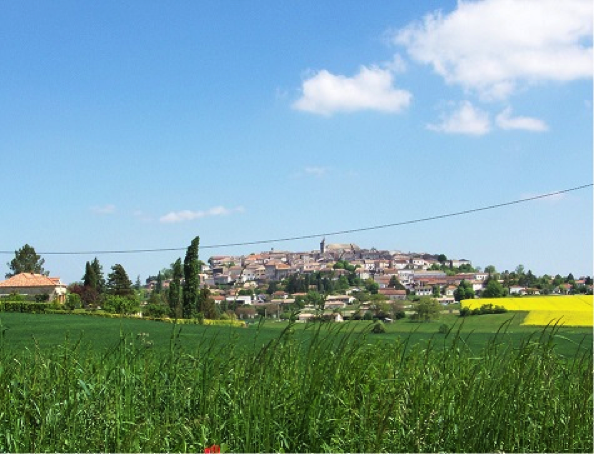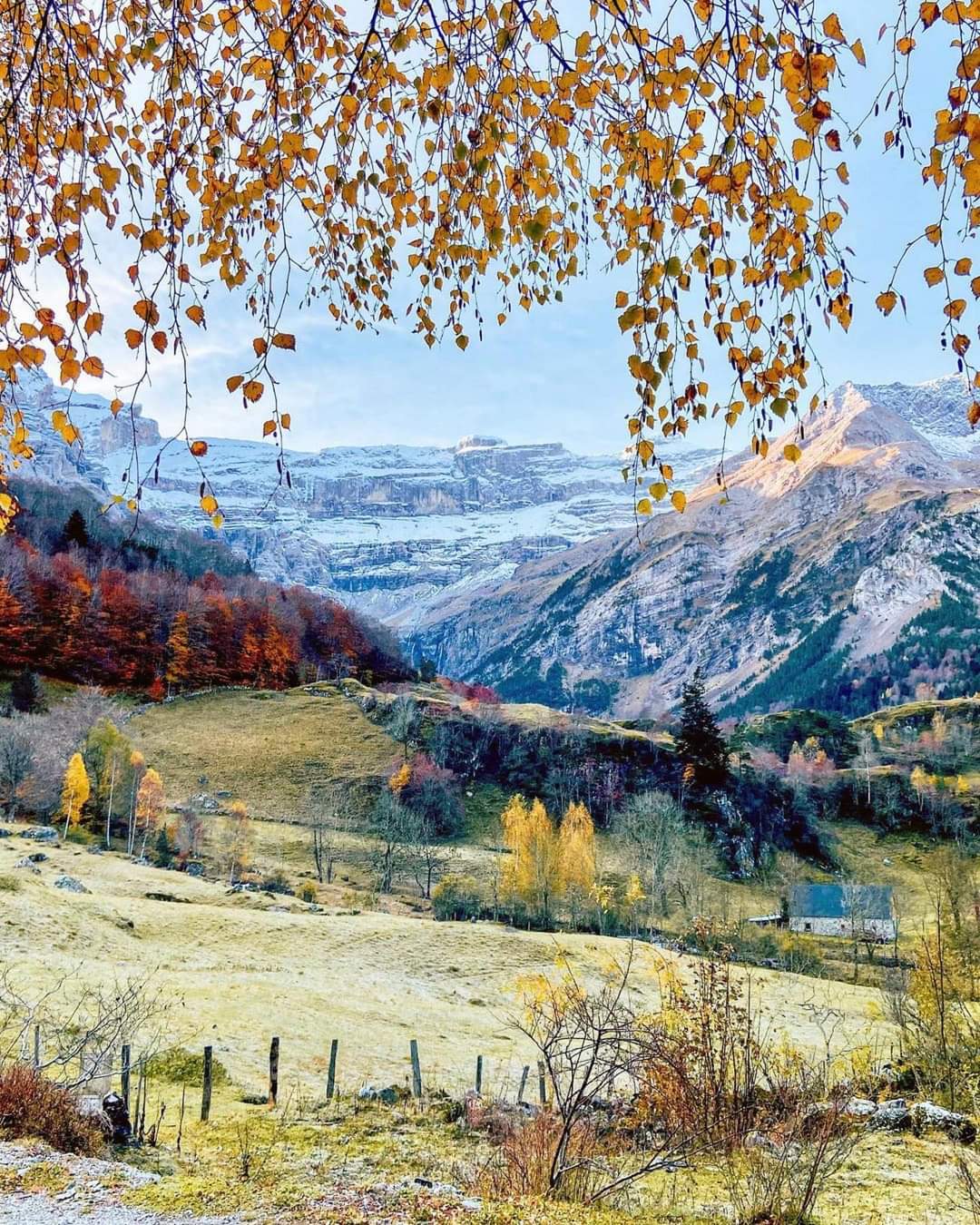TERRASSON LAVILLEDIEU
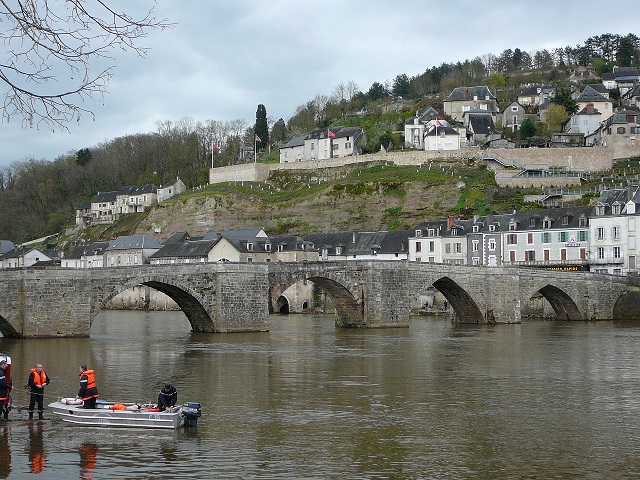
Arriving at Terrasson, near Corrèze and Lot, you enter the Périgord Noir. The town is crossed by the Vézère and watered by two of its tributaries, the Elle in the north-west and the Coly in the south-west. It is an important center of the truffle and nut market. The commissioning in January 2008 of the Thenon - Terrasson section of the A89 motorway allowed smoother traffic on the departmental road 6089 (the former RN 89) which crosses the town along its length. Since 2010, the city has been located about twenty kilometers (by road) from the new Brive-Vallée de la Dordogne Airport.
HISTORY
The occupation of the site dates back to the Bronze Age which is a period of protohistory. Indeed, several archaeological traces: dolmens, caves attest to this ancient occupation. Thereafter, the site continues to be inhabited at different times of our history. Life developed during the Gallo-Roman period: the remains of a villa in the hamlet of Gaubert, near the Vézère river have been unearthed. A mosaic and other objects (fibulae, kitchen utensils, etc.) found on this site are now on display at the Périgord Museum of Art and Archeology, in Périgueux.
The old town of Terrasson and its church. In the High Middle Ages, at the end of the VIe century, it seems that a monastery linked to the character of Saint Sour was established. The legendary origin of the town’s surname comes from this foundation. We would have released two doves by deciding to build a monastery where they would land; when they landed it looked like: Terra sunt "they are on the ground" hence the name of the city. Life revolves around this monastery which suffered from barbaric assaults. It was subsequently replaced by a Benedictine abbey in the 11th century. The latter was also destroyed during the Hundred Years War, between the 14th and 15th centuries. In the 19th century, the city benefited from the progress of the industrial revolution. In the field of transport, the railway made its appearance, new roads were built, the Pont Neuf was built. Sailing on the Vézère, a tributary of the Dordogne, is gaining importance: this is the time for barges and other flat-bottomed boats. On the other hand, the discovery of several coal deposits near the city (Le Lardin, La Villedieu, Saint Lazare) gives rise to industrial embryos. Several glassworks are then installed. Following the merger of the former municipalities of La Villedieu and Terrasson in 1963, the town first bore the name of Terrasson-la-Villedieu which was changed in 1997 (decree of 22 December 1997, published in the Official Journal of 24 December of the same year) in Terrasson-Lavilledieu.
Places and Monuments
Historical heritage * Prehistoric cave of Saint-Sours (or cave of Lachaud), archaeological site classified as historical monuments in 1948
* Abbe Castle
* Château du Fraysse, XVIIe and XVIIIe centuries on medieval foundations, listed with its garden and terrace as historical monuments in 2001
* Montmège Castle
* The Saint-Sour abbey church dating from the XVe century, restored by the abbot Jean-Baptiste Chevalt in the XIXe century. Saint Sour (Sorus) created a monastery in the VIe century on the border between Périgord and Limousin, on the site of Genouillac, on the banks of the Vézère. The abbey, reformed in the IXe and XIe centuries, was then transferred to the castrum of Terrasson, located nearby. The church was built in the Xe century, and the keystones bear the arms of the de Rouffignac family who gave two abbots from 1491 to 1512 and from 1514 to 1520. The church was started by Bertrand de Rouffignac (1491 -1505) and completed by Bertrand de la Faye (1520-1540). In 1569, the wars of religion led to the destruction of part of the church. This was restored in 1889, in particular the nave which was vaulted and brought to the same level as the choir. After partial registration for its western portal in 1952, the church was listed in full as a historical monument in 2001.
* The Notre-Dame du Mouret chapel dates back to the XIIe century and was subsequently modified from the XIIIe to the XVIe century. It is listed as a historical monument in 2001.
* The Romanesque church of Lavilledieu, with a supposed Carolingian bell, classified as an object under historical monuments.
* The old town with its Bouquier house, from the XVe or XVIe century, listed as historical monuments in 1949, the Joan of Arc castle, Merovingian burials, the Malpas cliff
* The Old Bridge dating from the XIIe century - XIVe century is classified as historical monuments in 1904.
* The Pont Neuf, started in 1830 and opened to traffic in 1833.
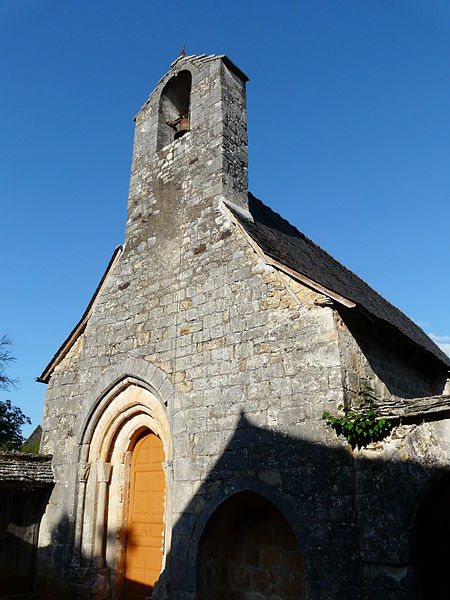
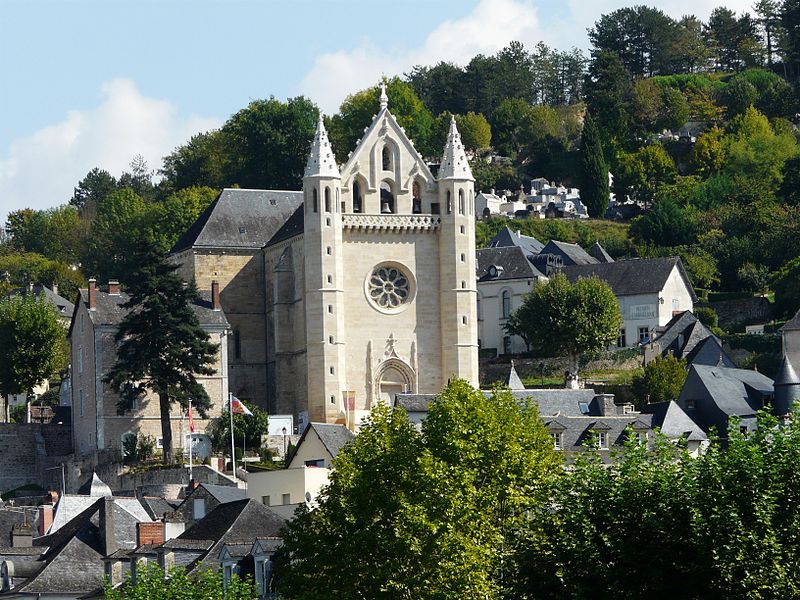
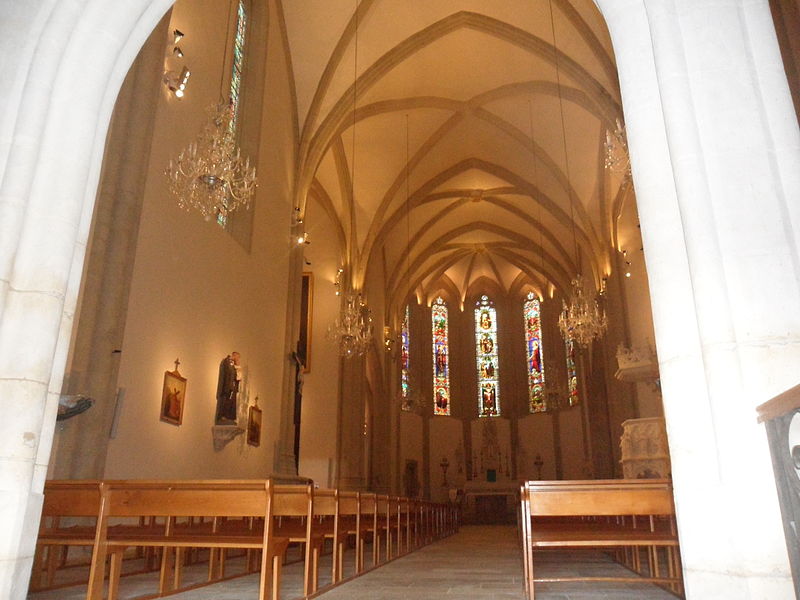
Here is an official link, click and enjoy your visit !
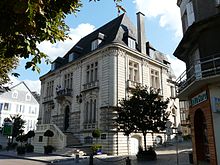

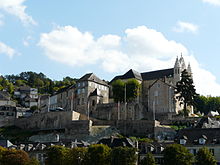

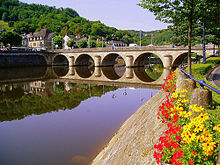

Personalities linked to the municipality
* Gabriel Bouquier (1739-1810), député de la Convention, est né et décédé à Terrasson
* Joseph Weill (1902-1988), médecin et résistant français.
* Jules Monsallier (1907-1972), footballeur international français décédé à Terrasson-la-Villedieu.









